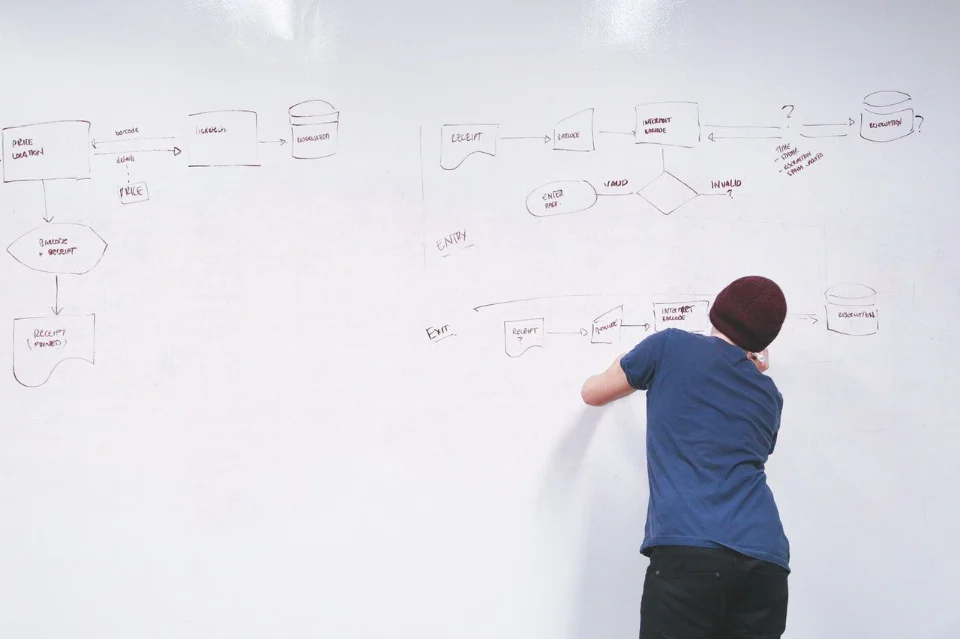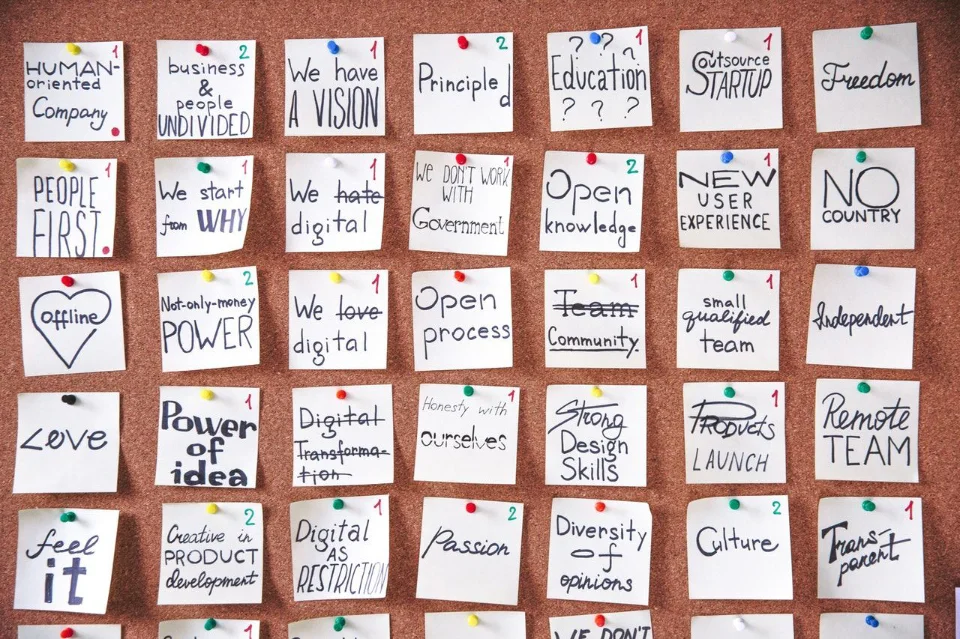Concept Maps: The Art of Making Relationships
A concept map is a type of graph that shows the relationships between several topics. Concept maps are useful for understanding and sharing previously undefined concepts for a new challenge. They can be used by students, educators, designers, product owners, and software developers to help explore complex topics.
Wes Hunt

A concept map is a graph of concepts and relationships for a user or group of users. Concept maps focus on the relationships between several topics and may describe complex parent-child mappings. Just like other cognitive maps, the relationships are edges that are directed (usually unidirectional). In a mind map, each node will only have a single parent, but in concept maps, a node may have multiple parents.
What Are the Different Types of Concept Maps?
In general, there are four different types of concept maps. They are:
- Spider Map: A radial map that explores a central concept and its relationships to topics.
- Hierarchical/Chronological Map: Start with general concepts and move to more specific topics. Think of organization charts or sitemaps.
- Flow Chart: A directional map showing relationships as decisions between topics or tasks.
- System Map: This explores all of the concepts in a system and their relationships to each other. This is the most complex concept map, but also is the best for fully exploring complex topics.
Why Use Concept Maps?
Concept maps are helpful because they help users to see the relationships between different topics. This can be especially useful when trying to understand or share understanding for a complex concept or system. Additionally, concept maps can help to improve creativity and problem-solving skills by promoting divergent thinking.
Additionally, concept maps can be used to:
- Develop and share ideas, concepts, understanding, and knowledge around a system.
- Create a visual representation of certain information or data so that it is easier for users to understand. This type of concept map helps to reinforce learning by providing an additional way to explore the concept.
- Explore relationships in a system, user mental model, workflow, or system design.
Who Uses Concept Maps?
Concept maps are used by many types of users including students, educators, designers, product owners, and software developers. Any creative problem solver that needs to explore complex topics for themselves or describe them for others.
How Are Concept Maps Used in UX Design?
UX designers often are responsible for discovering user needs and assisting stakeholders to explore and define solution requirements that meet those needs. UX designers should be working across teams to understand user needs, workflows, organization goals, and existing constraints. This is often a complex challenge and the UX designer needs to often help other team members to understand the challenge as a whole. For UX designers concept maps are useful for both understanding and sharing previously undefined concepts for a new challenge.
How to Create a Concept Map?
All concept maps consist of two main elements: Concepts and Relationships. Concept maps are a type of graph, where concepts are nodes and relationships are the edges (connectors) in the graph. Relationships can be represented by a line with 1 or 2 arrows indicating the direction of the relationship, unidirectional or bidirectional.
Any good graph tool or digital whiteboard tool can be used to create concept maps. Because they are more complex than a mind map and can include several topics, you will not be able to use specialized mind map tools.
What Are Some Tips for Creating Concept Maps?
- The concept map should be built around a central concept (or main idea).
- Use colors and symbols to make your concept maps visually appealing. Try using different shapes, line types, and arrows to highlight important connections between nodes.
- Separate each concept into its own node and create relationships between them by drawing arrows.
- Use concept maps to brainstorm ideas by starting with the main concept and then adding related concepts.
- When creating concept maps for others, always ask questions to understand their understanding of the concept or system. This will help you to create a map that is tailored to their needs.
Summary
A concept map is a type of graph that shows the relationships between several topics. Concept maps are useful for understanding and sharing previously undefined concepts for a new challenge. They can be used by students, educators, designers, product owners, and software developers to help explore complex topics.
Taxonomy:
ux maps
